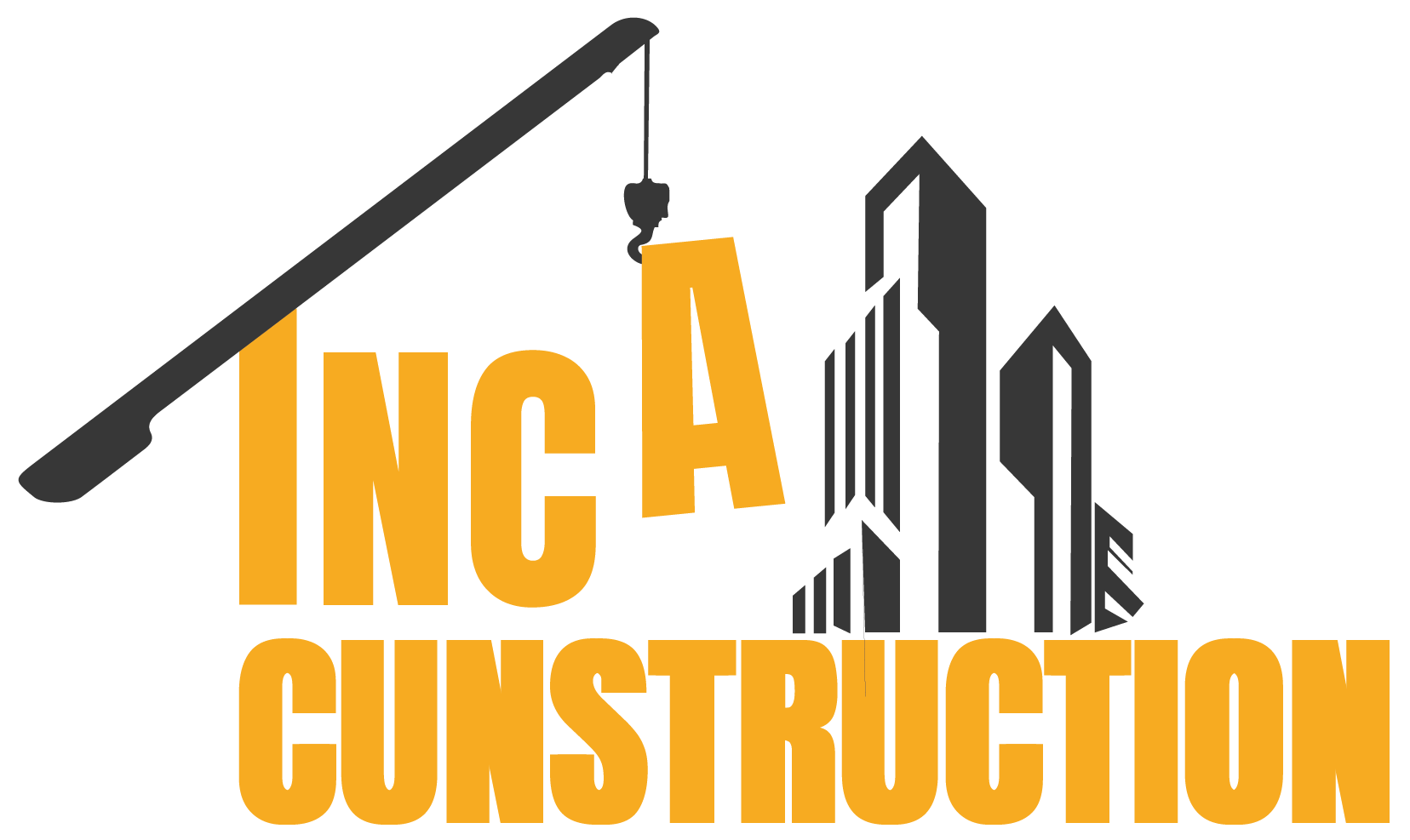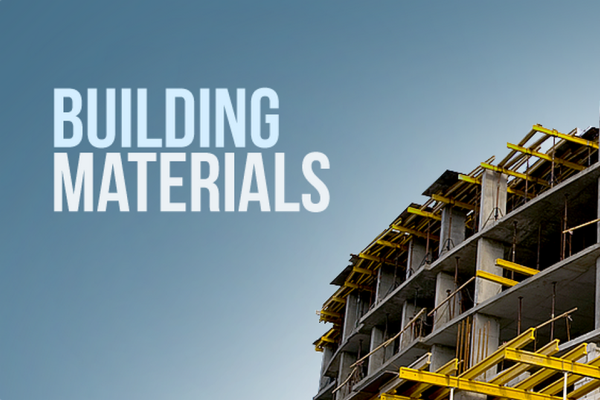When I walk through a city—any city—I always notice the details. The cold gleam of steel on a high-rise. The warmth of reclaimed wood in a cozy café. The way glass lets light transform a space. These aren’t just construction elements. They’re the soul of the building.
Building materials do more than hold up walls. They tell stories. They influence how we feel inside a space. And they push architecture forward, blending form with function and tradition with tech.
In modern architecture, the choice of materials isn’t just a practical decision—it’s a core part of the design process.
🧱 Why Building Materials Matter in Architecture

Every iconic structure—from the Colosseum to the Burj Khalifa—owes its identity to the materials used.
Key reasons materials matter:
-
Structural integrity – They determine what’s possible physically
-
Aesthetic expression – They define the look and feel
-
Sustainability – They impact energy use, carbon footprint, and recyclability
-
Cost and availability – They influence design choices and construction timelines
-
Cultural and historical context – Materials often reflect local tradition or innovation
Great architects don’t just pick materials—they curate them.
🧩 Common Building Materials and Their Modern Uses
Let’s break down the go-to materials in today’s architecture—and how they’re shaping the future.
🪨 1. Concrete: The Ultimate Chameleon
Love it or hate it, concrete is everywhere. And it’s not just for parking garages anymore.
-
Modern uses: exposed walls, polished floors, sculptural facades
-
Trends: colored concrete, precast panels, and concrete brutalist architecture
-
Sustainable twist: carbon-sequestering mixes and recycled aggregates
-
Best for: durability, thermal mass, and minimalist design
🔍 Concrete architecture shows us that simplicity can be powerful—think Tadao Ando or Le Corbusier.
🌲 2. Wood: Warmth and Flexibility
From cabins to skyscrapers, wood is undergoing a renaissance in design.
-
Popular forms: CLT (cross-laminated timber), glulam beams, reclaimed wood
-
Why it’s loved: renewable, beautiful, carbon-storing
-
Ideal for: interiors, façades, acoustic control, residential and mixed-use projects
🌿 Wood gives spaces that organic, calming vibe—something concrete can’t always replicate.
🧱 3. Brick and Stone: Time-Tested Beauty
These classic materials are still relevant—especially for adding texture, rhythm, and history to modern buildings.
-
Uses: veneers, interior accent walls, structural or decorative façades
-
Trends: long-format bricks, mixed masonry patterns, and thermal stone cladding
-
Why they work: low maintenance, natural insulation, aesthetic durability
🏛️ Brick architecture tells a story, even in the most futuristic design.
🪟 4. Glass: Transparency and Light Play
Glass can open up a space like no other material. But it’s not just about visibility—it’s about experience.
-
Uses: curtain walls, skylights, floor-to-ceiling windows
-
Technologies: smart glass, UV-reflective coatings, double/triple glazing
-
Balance: needs careful insulation planning to avoid overheating
🌞 When done right, glass turns light into an architectural feature.
🔩 5. Steel and Metal: Strength with Precision
Steel supports the skyline—literally. But in modern design, it’s also an aesthetic tool.
-
Structural uses: high-rises, bridges, large-span interiors
-
Decorative uses: staircases, trim, panels, exteriors
-
Finishes: weathered (corten), powder-coated, stainless
-
Best paired with: wood or glass for contrast
⚙️ Steel represents precision, industrial beauty, and modern elegance.
🌍 Innovation in Sustainable Building Materials
Eco-conscious design is no longer a trend—it’s a necessity.
Materials shaping sustainable architecture:
-
Recycled plastic bricks
-
Hempcrete and mycelium-based blocks
-
Bamboo and cork (renewable, fast-growing)
-
Low-carbon cement and green roofs
🏡 The materials of the future will be smart, adaptive, and earth-friendly.
💡 Designing with Materials in Mind
Architects today are blending materials in unexpected ways:
-
Concrete + timber for brutalism with warmth
-
Steel frames with glass for airy, light-filled volumes
-
Brick mixed with metal cladding for tradition-meets-modern
-
Wood interiors paired with green walls for natural well-being
Texture, temperature, color, and performance all start with materials. Choosing the right one isn’t just science—it’s art.
📈 Final Thoughts: Form Follows Function—But Materials Drive Both
In the end, every building begins with the same question: What will it be made of? And the answer doesn’t just affect construction—it affects how people feel inside, how the structure lasts over time, and how it interacts with the world around it.
Whether you’re designing a tiny home or a city tower, building materials are the foundation of architectural expression and innovation. Choose wisely, experiment boldly, and let the materials do the storytelling.

